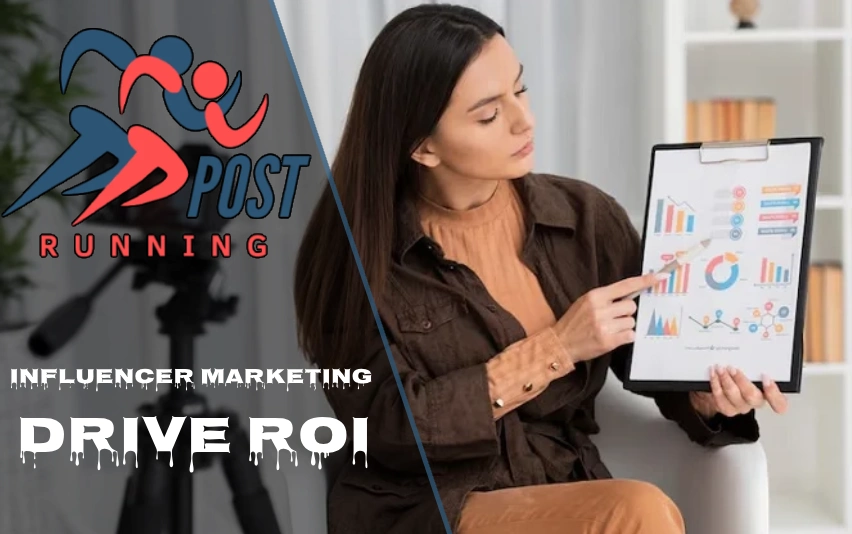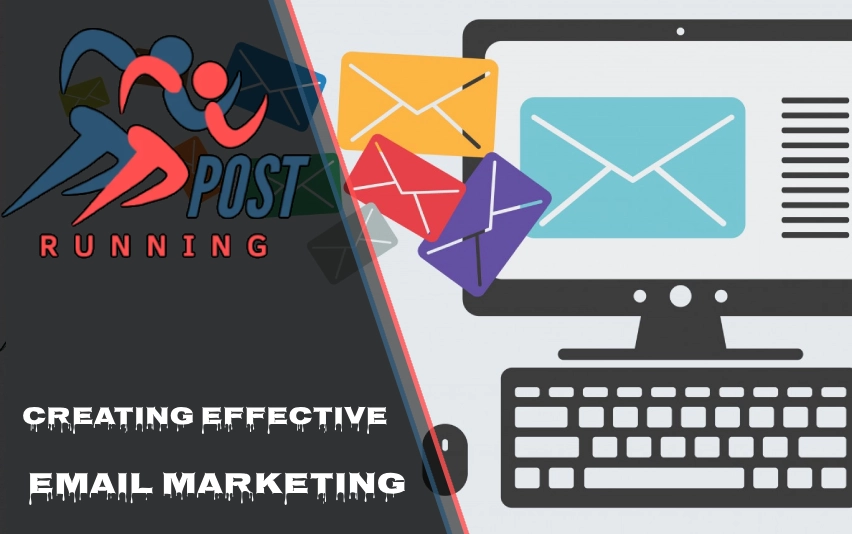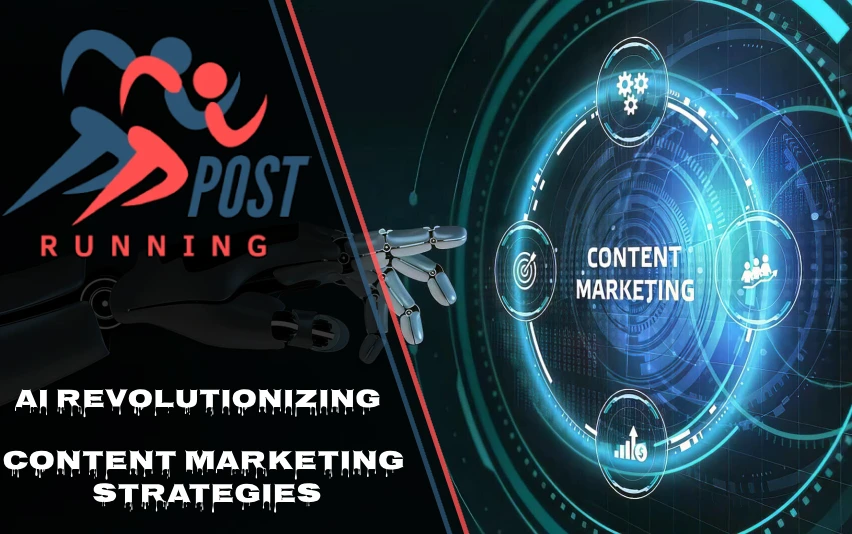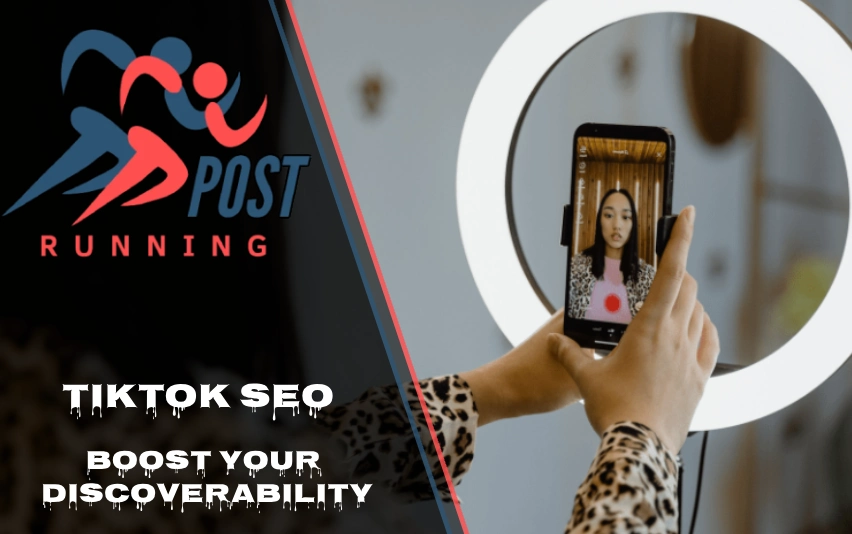In today’s digital landscape, brands are constantly seeking innovative ways to reach their target audience and boost their bottom line. One strategy that’s been gaining significant traction is influencer marketing. But the burning question on every marketer’s mind is: Can influencer marketing drive ROI? Let’s dive into this exciting world and uncover the potential for substantial returns on investment.
Introduction
Influencer marketing is a modern twist on the age-old concept of word-of-mouth advertising. It involves partnering with individuals who have a strong online presence and engaged followers to promote products or services. As social media platforms continue to dominate our daily lives, influencer marketing has become an increasingly important part of digital marketing strategies.
But why has it become so popular? Well, it’s simple. People trust recommendations from individuals they admire or relate to more than traditional advertising. Influencers have built loyal communities around their personal brands, and when they endorse a product, their followers listen.
Understanding Influencer Marketing ROI
Now, let’s talk money. ROI, or Return on Investment, is the holy grail of marketing metrics. In the context of influencer marketing, it’s about how much you’re getting back for every dollar you spend on influencer campaigns.
The formula is straightforward: (Revenue – Cost) / Cost x 100. But the results? They can be pretty impressive. On average, businesses are seeing a return of $5.78 for every dollar invested in influencer marketing. That’s not too shabby! And for the cream of the crop? Some top performers are raking in as much as $20 for every $1 spent. Talk about a jackpot!
Key Metrics for Measuring ROI
So, how do we know if influencer marketing is driving ROI? It’s all about keeping an eye on the right metrics:
- Engagement rates: This includes likes, comments, shares, and saves. High engagement suggests that the content is resonating with the audience.
- Conversion tracking: Are people clicking through to your website or landing page? And more importantly, are they taking the desired action once they get there?
- Brand awareness: This can be measured through increases in followers, mentions, or brand searches.
- Sales and revenue generated: The ultimate goal for most businesses. Tracking sales directly attributed to influencer campaigns is crucial.
By monitoring these metrics, you can get a clear picture of whether your influencer marketing efforts are paying off.
Factors Affecting Influencer Marketing ROI
Not all influencer campaigns are created equal. Several factors can make or break your ROI:
- Influencer selection: Choosing the right influencer is like finding the perfect dance partner. They need to align with your brand values and have an audience that matches your target market.
- Campaign objectives: Are you aiming for brand awareness, lead generation, or direct sales? Your goals will shape your strategy and impact your ROI.
- Content quality: In the world of social media, content is king. High-quality, authentic content that resonates with the audience is more likely to drive results.
- Platform choice: Different platforms cater to different demographics and content types. Choosing the right platform for your brand and campaign is crucial.
Strategies to Maximize ROI
Want to squeeze every drop of ROI from your influencer campaigns? Here are some strategies to consider:
- Clear goal setting: Know what you want to achieve before you start. Set specific, measurable objectives that align with your overall marketing strategy.
- Proper influencer vetting: Don’t just go for the biggest names. Look for influencers whose audience aligns with your target market and who have a track record of successful collaborations.
- Use of tracking tools and analytics: Invest in tools that can help you monitor your campaigns in real-time and provide detailed analytics.
- Leveraging user-generated content: Encourage influencers to create content that their followers can engage with and share. This extends the reach of your campaign and boosts authenticity.
Challenges in Measuring Influencer Marketing ROI
While influencer marketing can drive significant ROI, measuring it isn’t always straightforward. Here are some challenges you might face:
- Attribution complexities: It can be tricky to directly attribute sales or conversions to a specific influencer or campaign, especially if the customer’s journey involves multiple touchpoints.
- Long-term brand impact: Some benefits of influencer marketing, like increased brand awareness or improved brand perception, may not translate to immediate sales but can have long-term value.
- Balancing quantitative and qualitative metrics: While numbers are important, don’t overlook qualitative factors like sentiment and brand affinity.
Case Studies
Let’s look at some real-world examples of influencer marketing success:
- Daniel Wellington: This watch company built its entire marketing strategy around influencer partnerships. By gifting watches to micro-influencers and encouraging them to share photos, they grew from a small startup to a $200 million company in just a few years.
- Gymshark: This fitness apparel brand leveraged fitness influencers to grow from a small garage operation to a billion-dollar company. They focused on authentic partnerships with influencers who truly loved their products.
- Glossier: This beauty brand turned its customers into influencers. By encouraging user-generated content and featuring real customers in their marketing, they built a loyal community and saw explosive growth.
These case studies show that when done right, influencer marketing can indeed drive significant ROI.
Tools for Tracking Influencer Marketing ROI
To effectively measure and maximize your ROI, you’ll need the right tools in your arsenal:
- Influencer marketing platforms: Tools like AspireIQ, Upfluence, and Grin can help you find, manage, and track influencer partnerships.
- Analytics tools: Platforms like Google Analytics and social media native analytics can provide valuable insights into traffic, engagement, and conversions.
- Attribution software: Tools like Rockerbox and AppsFlyer can help you understand the customer journey and attribute conversions to specific influencer campaigns.
Conclusion
So, can influencer marketing drive ROI? The answer is a resounding yes! When executed strategically, influencer marketing has the potential to deliver impressive returns. The key lies in careful planning, selecting the right influencers, creating authentic content, and diligently tracking your results.
Remember, influencer marketing isn’t just about chasing numbers. It’s about building genuine connections with your audience through trusted voices in their community. By focusing on creating value for your audience and partnering with influencers who truly align with your brand, you can unlock the full potential of influencer marketing and drive substantial ROI.
As the digital landscape continues to evolve, influencer marketing is likely to play an increasingly important role in brands’ marketing strategies. By understanding how to effectively leverage this powerful tool and measure its impact, you can stay ahead of the curve and drive meaningful results for your business.
Discover more fascinating insights—explore Running Posts today.














